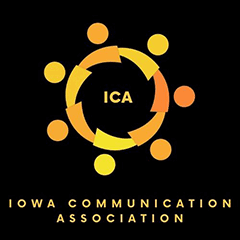Abstract
In a recent Nielsen poll, "60 Minutes" emerged as the fourth most popular television show in America. For a news show--even for a so-called "news magazine"--such popularity is unprecedented. While the nightly news attracts its faithful few, and while competitors' "magazine" clones come and go, "60 Minutes," after ten years, continues to flourish. Ten years of success is enough to arouse the critical instincts of the rhetorical analyst. Such a long-standing corpus of "discourse" offers the rhetorical critic the opportunity to test rhetorical-critical theories on matters of concern, not only to scholars of communication, but to the general viewing public as well. The rhetorical criticism of broadcasting offers analysts a forum wherein they can both practice criticism and, at the same time, "explain" a televised rhetorical phenomenon's workings in ways that have perhaps gone unnoticed.
Journal Title
Iowa Journal of Speech Communication
Volume
11
Issue
2
First Page
7
Last Page
15
Language
en
File Format
application/pdf
Recommended Citation
Vibbert, Steven L.
(1979)
""60 Minutes": Rhetorical Form and Religious Function,"
Iowa Journal of Communication: Vol. 11:
No.
2, Article 5.
Available at:
https://scholarworks.uni.edu/ijc/vol11/iss2/5
Copyright
©1979 Iowa Communication Association



